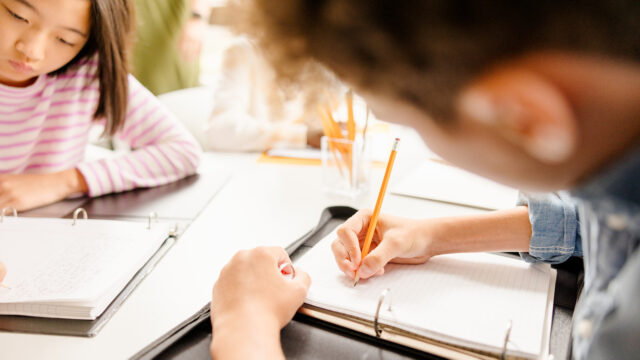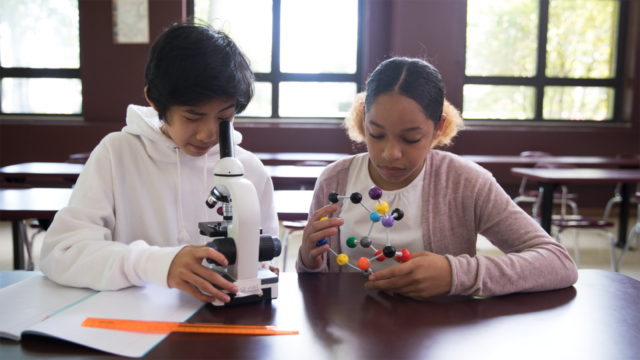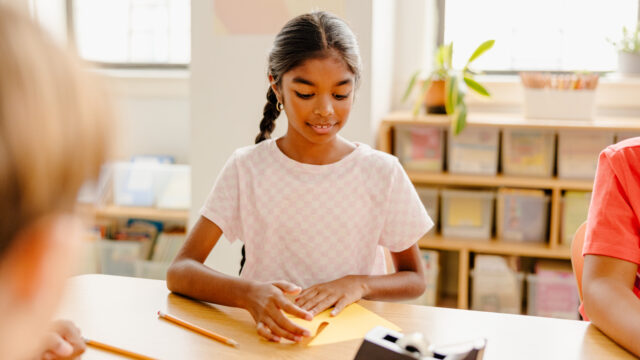
A brief definition of conservation is the care and protection of Earth’s resources, including air, minerals, plants, soil, water, and wildlife, so they can last for future generations. However, the concept of conservation is complex. That’s why we’ve provided a variety of learning activities to help students learn more about the topic as a starting point.
Explore environmental conservation with labs and activities
Analyze your impact
In this activity, students will track their daily use of water, discuss the water’s source, and determine how to reduce their consumption.
Model factors in resource use
In this activity, students will model the use of a resource by individuals to determine how changes in individual use can affect the overall use of a resource by a population.
Research environmental conservation issues
Investigating human impact on the land
Have students work with a partner to prepare for and debate human impact on the land.
Harnessing wind energy
Have students read about how wind energy can be harnessed in a city environment using engineering designs based on societal and environmental needs. Then, have students answer the questions on their own, then work with a partner to research and discuss how changes to environmental and health laws can affect the design of city infrastructure.
Careers in conservation
Energy conservationist
Energy conservationists work to develop solutions to reduce energy consumption. Have students read to learn more about the different ways to think about energy efficiency. Then, have students work with a partner to discuss how they can be “energy conservationists” in their own everyday lives.
***
Learn more about HMH Into Science K–8, enabling teachers to guide students in learning through exploration, analysis, application, and explanation.
Be the first to read the latest from HMH’s blog, Shaped.














